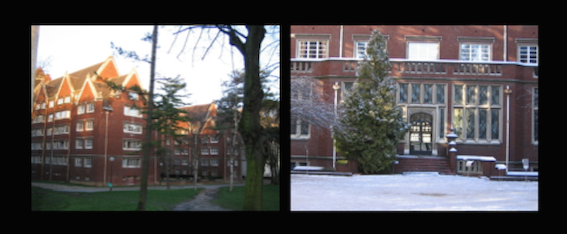Call for papersThe Call for papers is closed. Thank you for your submissions.
 The origins of tandem language and intercultural learning can be traced back to collaborative practices introduced by the Franco-German Youth Office (L’Office Franco-Allemand de la Jeunesse – OFAJ) after the Second World War, which aimed at fostering cooperation between young French and German people through linguistic and cultural exchanges. The work of Brammerts (Bochum University, 1993, 2003, 2006) and Calvert (University of Sheffield, 2001) led to further development of this approach throughout Europe. Their Lingua D project, initiated in the late 1990’s, set out to extend the tandem approach from universities to secondary schools in France (Reymond, Tardieu, 1998), Germany, the UK and Spain. Research conducted by Brigitte Helmling (2002, 2003) also contributed to consolidating this practice and establishing it in universities and specialist higher education institutions in support of student mobility across different European countries (more specifically, Germany, Spain, the UK, Romania and France).
Tandem learning is based on two main principles: autonomy, whereby learners are responsible for defining their own objectives and how and when they will exchange (following Holec’s definition, 1981) and reciprocity, which demands a commitment from learners to use both languages equally whether it be in face-to-face or distance learning settings or for written or oral exchanges. The tandem approach also implies that the two partners will seek to learn or improve their mastery of each other’s culture and language.
However, it is clear that these original principles are not always adhered to when contextual factors and constraints are taken into account (the composition and profile of student cohorts, availability of native speakers, etc.). It is relevant to consider the integration of tandem learning in terms of a continuum ranging from total respect for the founding principles to somewhat wider interpretations. What are the organisational and pedagogical implications of setting up a tandem language learning programme? What is the current state of research in this domain? Has the rise in new technologies encouraged the growth of distance tandem learning (teletandem and etandem) over face-to-face tandem methods? In short, how is this practice being institutionalised in higher or secondary education settings and how is it integrated into the language teaching/learning programmes aimed at both our own university students and also internationally mobile students. Proposals can explore theoretical aspects (drawing from research in the domains of language acquisition, didactics, psycholinguistics, anthropology and sociology, cognitive and neurosciences), pedagogy (field reports, innovative practices) and/or language education policies (intercultural policies, international student mobility, etc.). Papers can be more specifically focused on one of the four thematic axes proposed for this conference (or one of the four relevant themes): - Assessment: who evaluates what and how? Assessment of language and cultural learning outcomes and/or assessment of the learning programmes themselves?; - Resources: pedagogical (manuals, supporting materials, logbooks, reports, etc.), technical (language resource centre, technology-mediated tandem learning, videoconference etc.) and human resources (teachers, tutors etc.); - Training: the various forms of training for students, teachers, advisers and tutors involved; - The learning environment: interactional and learning dynamics in tandem across different environments (more or less technological). Possible synergies between the tandem exchange and the location where it takes place, the viability/relevance of the tandem, face-to-face tandem versus distance tandem dichotomy. |

